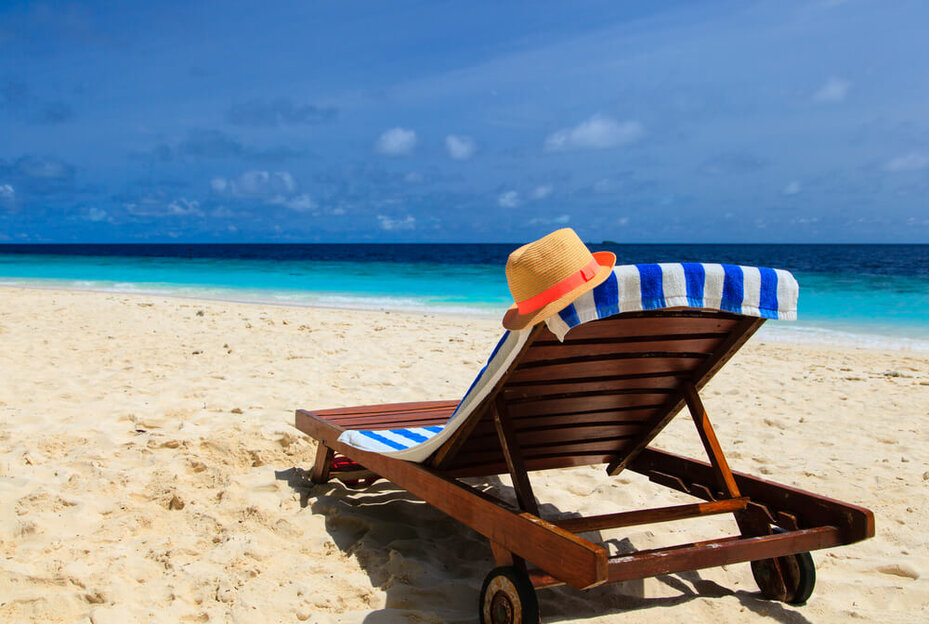6 tips whilst on holiday with your pump
1. HAND LUGGAGE
Your hand luggage should include your medications, snacks, pump supplies and the letter from your doctor. This is especially important because your luggage may be lost, or you may have unplanned delays for extended periods of time. Remember that Insulin in checked luggage may be exposed to extreme (often freezing) temperatures.
2. CHECK IN AND AIRPORT SECURITY
Insulin pumps are designed to withstand common electromagnetic interference, including some airport security systems. Taking an insulin pump through airport security is quite common. It’s ok to walk through the scanner with your pump on. Do not send your pump through the x-ray machine (where your hand luggage is scanned). Remove pump from body for any airport body scanners.
3. FLYING WITH YOUR PUMP
If used correctly your pump can enable you to achieve good glucose control when travelling. You can adjust boluses for inflight meals that come at odd hours. You can also adjust your pump to changes in your normal activity level such as sitting down on a plane for hours which can cause rises in your glucose levels. Click here to see the article on temporary basal patterns
If you are asked to turn off your CGM device, you will have a "data gap" when uploading data into CareLink® Personal Software, where information is missing from the period of time when your CGM system was turned off.
The new MiniMed 640G insulin pump alleviates this problem as it has a new flight safe mode – click here to find out more
4. CHANGING THE TIME ON YOUR PUMP
You can set your pump to the new destination time at any point during your flight – most people make this change when they arrive at their destination. It is very important, however, that you do change the time to that of your destination, as your basal rate settings may be quite different overnight to during the day. If you don’t change the time, you may receive too much insulin during the daytime and then not enough at night. This can be quite dangerous. Don’t forget to change your time back when you return to your original time zone.
5. SWIMMING
The MiniMed® Veo™ insulin pump is splash-proof, and therefore we continue to label the MiniMed® Veo™ as water resistant, not waterproof/watertight.
To participate in water activities, you can easily disconnect from your insulin pump. You can remove your insulin pump for up to one hour without taking insulin. If you remove your pump for more than one hour, you will have to use another way to take your insulin, such as injections of fast-acting insulin, or reconnecting your pump to take boluses. When reconnected check your blood glucose levels.
640G is fully water-proof - click here to find out more
Medtronic CGM transmitters when connected to the sensor and worn are waterproof and fully immersible. However, we do not recommend immersing your CGM transmitter in very hot water (like a hot tub). You can wear the transmitter to a depth of 2.4 metres (8 feet) for up to 30 minutes.
6. SUNBATHING WITH YOUR PUMP
- Be aware your reservoir may need changing every 2 days, due to insulin warming up.
- Tuck your pump under a towel when sunbathing, to avoid heating of insulin.
- If your blood glucose levels seem high for no particular reason consider that the insulin in your reservoir may have been damaged by the heat – CHANGE IT
From Joanne Hall - Medtronic North East
We offer arrange of travel accessories on the MiniMed eShop - Click here to view
Remember you can contact our Product Support Helpline from where ever you are in world 24/7 so if you have any questions whilst away please do not hesitate to call us on 24hr helpline No: +44 (0)1923 205167
